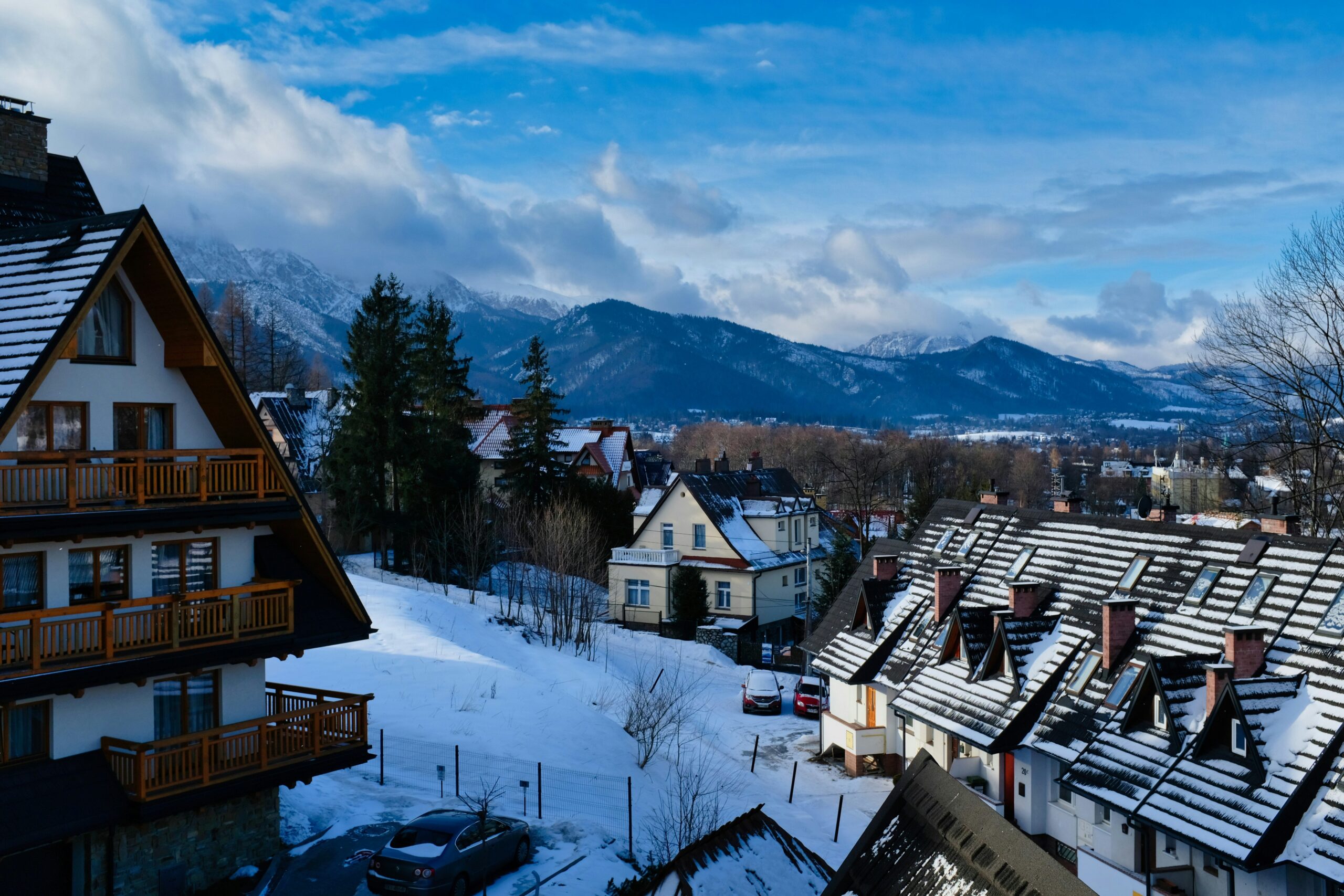Traveling During the Off-Season: Pros, Cons, and Where to Go
Traveling during the off-season offers a unique and often rewarding experience for those looking to explore new destinations without the typical crowds. While it’s easy to be tempted by the warm weather and bustling atmosphere of peak tourist seasons, there’s a lot to be said for venturing out when the masses have returned home. Whether you’re searching for budget-friendly travel options or simply want to enjoy a more relaxed environment, the off-season presents an array of opportunities that can enhance your travel experience.
However, like any travel decision, traveling during the off-season comes with its own set of pros and cons. From potential savings to weather-related challenges, it’s important to weigh these factors carefully to ensure you make the most of your trip. Understanding these elements will help you plan better, allowing you to select destinations that not only fit your budget but also offer the experiences you’re seeking.
In this guide, we’ll delve into the advantages and disadvantages of traveling during the off-season, provide recommendations for some of the best off-season destinations, and offer insights into average costs and attractions you can expect. By the end, you’ll have a clear understanding of whether off-season travel is right for you and how to plan a trip that maximizes both your enjoyment and savings.
The Pros of Traveling During the Off-Season
One of the most significant advantages of traveling during the off-season is the potential for substantial cost savings. With fewer tourists vying for the same accommodations, flights, and attractions, prices tend to drop significantly. This can make otherwise expensive destinations more accessible, allowing you to stretch your travel budget further.
- Lower Costs: Off-season travel often means discounted rates on flights, hotels, and car rentals. For example, a round-trip flight to Europe in the summer might cost over $1,000, while the same ticket in the winter could be as low as $600. Similarly, hotel rates can drop by 30% or more, giving you more options for upscale accommodations within your budget.
- Fewer Crowds: Popular tourist spots can be overwhelming during peak season, with long lines and crowded streets. Traveling during the off-season allows you to explore these locations at a more leisurely pace, without the stress of navigating through hordes of tourists.
- Authentic Experiences: With fewer tourists around, you’re more likely to experience a destination as the locals do. Whether it’s dining in a quiet restaurant or strolling through a nearly empty museum, off-season travel can offer a more authentic and intimate experience.
The Cons
While traveling during the off-season has its perks, there are also some drawbacks to consider. The most notable is the potential for less favorable weather conditions. Depending on the destination, off-season can mean anything from cooler temperatures and shorter days to heavy rainfall or even snow.
- Unpredictable Weather: Off-season travel often coincides with a destination’s less desirable weather. For instance, visiting the Mediterranean in winter might mean fewer sunny beach days and more chilly, overcast weather. While this can be a small price to pay for the benefits of off-season travel, it’s important to be prepared and manage your expectations accordingly.
- Limited Attractions: In some destinations, certain attractions and activities may be closed or have limited hours during the off-season. This can include everything from restaurants and shops to tours and events. Before booking your trip, research what will be available during your stay to avoid disappointment.
- Shorter Days: If you’re planning to visit destinations in higher latitudes during the winter, be aware that daylight hours may be significantly shorter. This can impact your ability to explore and enjoy outdoor activities, particularly if you prefer sightseeing in natural light.
Best Destinations
Despite the potential challenges, traveling during the off-season can be incredibly rewarding, especially if you choose the right destinations. Here are some top picks for off-season travel, along with average costs and key attractions.
1. Iceland in Winter
Iceland is a stunning destination that’s become increasingly popular in recent years. While summer offers long days and mild weather, traveling during the off-season (November to March) has its own magic, especially if you’re interested in seeing the Northern Lights.
- Average Costs: Flights to Reykjavik in winter can start around $400 from the U.S., with hotel rates averaging $120 per night for mid-range accommodations.
- Key Attractions: In addition to the Northern Lights, winter visitors can enjoy Iceland’s geothermal hot springs, glacier hikes, and the breathtaking beauty of snow-covered landscapes. Just be prepared for colder temperatures and shorter days.
2. The Caribbean in Late Spring
The Caribbean is synonymous with pristine beaches and sunny weather, but it’s also a destination that can be crowded and expensive during peak season (December to April). Traveling during the off-season (May to June) allows you to enjoy the region’s beauty without the high prices.
- Average Costs: Round-trip flights to popular Caribbean islands like Jamaica or the Dominican Republic can drop to around $300-$400. Hotel rates also decrease significantly, with beachfront resorts offering deals as low as $100 per night.
- Key Attractions: You’ll still experience warm weather and beautiful beaches, but with fewer crowds. Off-season also means more availability for activities like snorkeling, diving, and exploring local culture. Just keep an eye on the weather, as this period leads into hurricane season.
3. Japan in Autumn
Japan is a country of contrasts, offering something for every traveler. While spring (cherry blossom season) and summer are the most popular times to visit, traveling during the off-season in autumn (September to November) presents a different but equally captivating experience.
- Average Costs: Flights to Japan in autumn can be found for as low as $600 from the U.S. Accommodation rates vary widely, but mid-range hotels typically start around $100 per night.
- Key Attractions: Autumn in Japan is famous for its vibrant fall foliage, especially in Kyoto and Nikko. The weather is mild, and popular sites like temples, gardens, and hot springs are less crowded. Don’t miss the opportunity to experience Japan’s autumn festivals and seasonal cuisine.
4. Southern Europe in Winter
Southern Europe, including countries like Spain, Italy, and Greece, is a fantastic destination for traveling during the off-season. While summer draws the largest crowds, winter (December to February) offers a quieter, more relaxed experience with mild weather and rich cultural offerings.
- Average Costs: Flights to major cities like Barcelona, Rome, or Athens can drop to around $500-$600 in winter. Hotel rates are significantly lower, with prices starting at $80 per night for comfortable accommodations.
- Key Attractions: Enjoy exploring historic cities, museums, and architectural marvels without the summer crowds. Winter is also an excellent time to experience local festivals, seasonal foods, and indoor attractions like art galleries and theaters.

Making the Most of Off-Season Travel
To fully enjoy the benefits of traveling during the off-season, it’s important to plan carefully and stay flexible. Here are some tips to help you get the most out of your off-season adventures:
1. Pack for the Weather
Since off-season travel often means unpredictable weather, packing appropriately is key. Bring layers, waterproof clothing, and other items that will keep you comfortable regardless of the conditions. Doing so ensures that you can enjoy outdoor activities even when the weather isn’t perfect.
2. Be Flexible with Your Plans
One of the advantages of traveling during the off-season is the ability to make last-minute changes to your itinerary without worrying about availability. Stay flexible and be willing to adjust your plans based on weather, local events, or personal preference. This flexibility can lead to unexpected discoveries and a more relaxed travel experience.
3. Research Ahead
To avoid disappointments, do thorough research before your trip. Check the opening hours of attractions, book tours in advance, and read reviews from other travelers who have visited during the off-season. This preparation helps ensure that you won’t miss out on key experiences.
4. Take Advantage of Off-Season Deals
Many destinations and businesses offer special deals during the off-season to attract visitors. Look for discounts on accommodations, tours, and activities, and consider using travel reward points to maximize savings. This is the perfect time to splurge on experiences that might be out of reach during peak season.
Embracing the Off-Season Adventure
Traveling during the off-season offers a unique opportunity to explore the world in a way that’s both budget-friendly and less crowded. While there are challenges, the benefits—ranging from cost savings to more authentic experiences—often outweigh the drawbacks. By choosing the right destinations and planning carefully, you can enjoy all the advantages of off-season travel while avoiding potential pitfalls.
So, whether you’re chasing the Northern Lights in Iceland, enjoying the fall foliage in Japan, or savoring quiet winter days in Southern Europe, traveling during the off-season can be an adventure that’s just as rewarding, if not more so, than traveling during peak times. Embrace the opportunity to see the world differently and make memories that last a lifetime.
For more tips on off-season travel and destination guides, check out these helpful resources:
- Off-Season Travel Deals and Tips
- Best Travel-Friendly Books and Audiobooks for Digital Nomads
- Weather and Climate Guide for Off-Season Travelers
Happy off-season travels!













